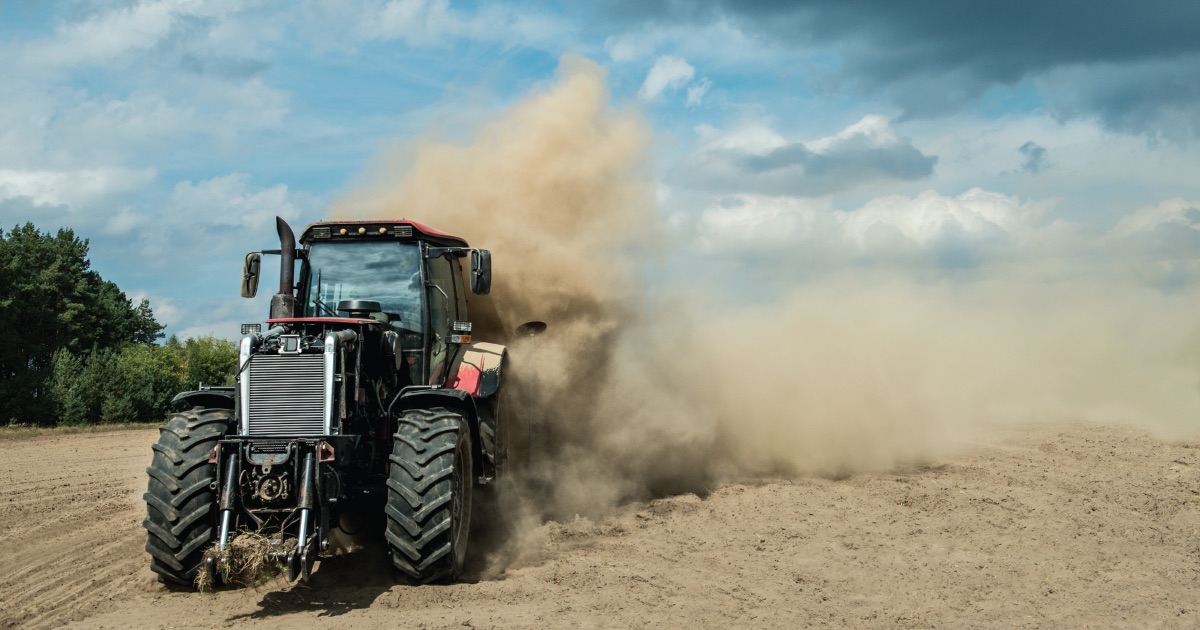
One of the Largest Aquifers in the World Is Disappearing Because of Farmers
Every summer the US Central Plains go dry, leading farmers to tap into groundwater to irrigate sorghum, soy, cotton, wheat, and corn, and maintain large herds of cattle and hogs. As the heat rises, anxious irrigators gather to discuss whether and how they should adopt more stringent conservation measures.
August 17, 2018 | Source: Inverse | by Tractor
Without conservation efforts, a critical water source will soon go dry.
Every summer the US Central Plains go dry, leading farmers to tap into groundwater to irrigate sorghum, soy, cotton, wheat, and corn, and maintain large herds of cattle and hogs. As the heat rises, anxious irrigators gather to discuss whether and how they should adopt more stringent conservation measures.
They know that if they do not conserve, the Ogallala Aquifer, the source of their prosperity, will go dry. The Ogallala, also known as the High Plains Aquifer, is one of the largest underground freshwater sources in the world. It underlies an estimated 174,000 square miles of the Central Plains and holds as much water as Lake Huron. It irrigates portions of eight states, from Wyoming, South Dakota, and Nebraska in the North to Colorado, Kansas, Oklahoma, New Mexico, and Texas in the South.
